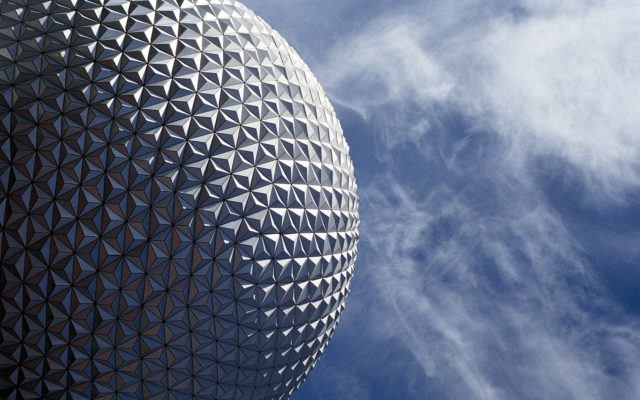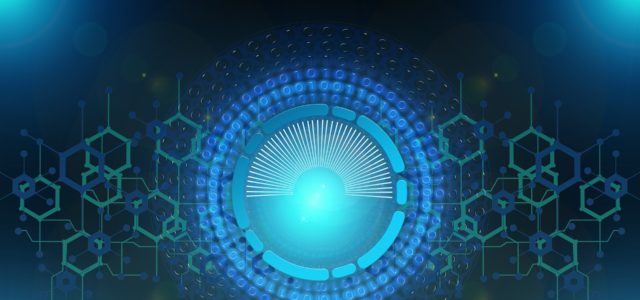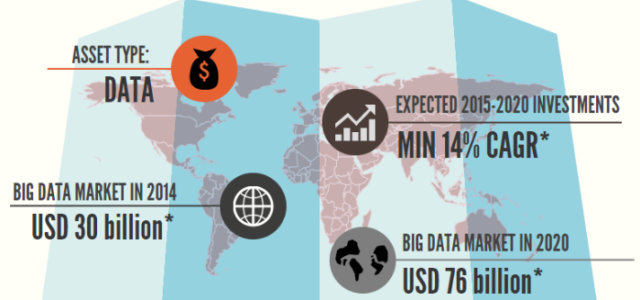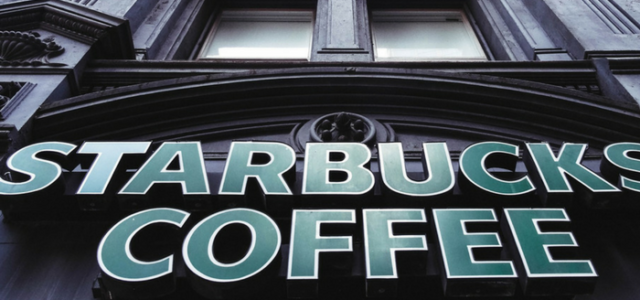I’ve recently returned from 2 weeks’ holiday at Disney in Orlando. Courtesy of having an 11 year old daughter it meant the majority of that time was spent in the theme and water parks, it’s now time however to reflect on the digital experience.
I’m sure everyone who witnesses the special effects found on some of the attractions such as Virtual and Augmented reality and 3D/4D are completely blown away by the experience. Universal’s Harry Potter and the Forbidden Journey, Race Through New York, Minions and Disney’s Mission Space, Soarin, Avatar Flight of Passage, It’s a Bugs Life, were just a few of our family favourites.
However, despite the fantastic attractions, I found myself looking deeper into the technology and digital experience which was offered throughout the experience from booking the holiday, during the visit, to checking out and what may follow.
I don’t think I’ve ever been as completely immersed and reliant on a digital experience. I am reflecting on the technology in use, and what it gives to the consumer, park operators, and most importantly how the technology can be applied in ‘real life’ and the different sectors we are more likely to come across.
The Technology in play
Mobile Apps and websites
As you would expect there were multiple mobile applications and websites to enhance the customer experience. Once registered and linked to a valid ticket this enabled customers to start planning their holiday well in advance, and in particular start to reserve fast track access to the more popular attractions. The apps allowed consumers to put mobile orders in for the park food outlets. Once on the park the apps provided interactive maps, showing where you were on the park and a site map in relation to the attraction you were looking for. Current wait times were also shown on the app. If you purchased photo packages these were linked to the app also, with any photograph uploaded within 24 hours.
Tickets and Biometrics
Customers are issued with a ticket, in our case Universals’ tickets used a bar code for park access and then a subsequent card for Express Access. Our Disney cards utilised QRID codes. When you first access the parks you enrol onto a Biometrics system, scanning your fingerprint, and have a photo taken. All subsequent visits require you to present the ticket and use the same finger to access the park. This information is then linked to the ticket and the aforementioned apps and websites.
If you have booked a fast track, the cards validate your access, in some cases there would be a staff member scanning your ticket, or in others presenting the card to the reader at the start of the queue, presumably using NFC/RFID technology. If you aren’t there at the right time, or don’t have a fast pass for the attraction admission would then be at the discretion of the staff manning the access points. For some of the more exhilarating attractions where you can’t take anything onto the ride such as Universal’s Incredible Hulk and Rocket, biometrics are also used for other applications such as securing lockers.
Wearables
Even more innovative was the use of wearables. Disney offer the MagicBand 2, which can serve as a park entry ticket, FastPass+, payment system and even hotel room key. This effectively meant this was all you needed to take with you if you were staying in a Disney resort and only planning on visiting their attractions.
Universals Volcano Bay issues all customers with a ‘Tapu Tapu’ on entry. There are also wrist wearables. The primary use is to check into an attraction and through the device you are notified what time to return to the queue, it can be used to trigger water jets, light effects and other surprises around the park.
It can also be linked to your payment cards to enable you to purchase anything from the outlets on site. The park operators multicast messages if the attractions are to be temporarily closed due to imminent storms (quite frequent during our visit), and again when they were about to open again.
Disney Magic Band being used to access attractions.
Universals Tapu Tapu being linked to payment systems through the app.
Wifi
All the parks we visited offered free WiFi and were very well connected.
Benefits to the customers’ experience
It’s 25 years since I last visited Orlando and for me personally when I get a couple of weeks off work I prefer it to be an altogether more relaxing experience. Having said that the digital experience offered can make the visit and experience much more enjoyable providing you are willing to put a bit more effort into it, especially at the planning stage. Being able to book fast track tickets for the attractions you most want to experience means you can hopefully avoid some of the long queues if you haven’t taken that route.
The earlier you do this the better, we missed out on a few of the most popular attractions by leaving this until we arrived and then not wanting to stand in a queue for a couple of hours. The apps obviously show the waiting times and I’m sure these may also be better if you visit at the start or end of the day, or are able to visit outside peak holiday times. The local schools were re-opening just as we were coming home.
The benefits of having free and well connected WiFi across all the parks was useful too. Possibly something to keep the kids (and adults) occupied if they decided to wait in some of the longer queues. Although to be fair most of the attractions had something going on to keep you entertained within the queues and various staging areas with different things to see.
The wearables were useful if connected to payment services, particularly at the waterparks where you don’t want to be constantly returning to your locker. However, I personally had an issue when trying to link my Visa Credit Card to the Tapu Tapu through the app. Although it appeared to be correctly set up it wasn’t being accepted at the outlets. Finally the physical design of the Tapu Tapu, despite being on its 2nd or 3rd iteration still had issues with it coming off and people losing them. In this case it’s a trek back to the locker to get your ticket and a replacement Tapu Tapu.
Benefits to the park operators
The obvious benefits to the operators are from a retail perspective. They try to make it easy to purchase the quite expensive products on site. Their fast track booking systems will allow them to have a good idea who is at what attraction, helping with forecasting and capacity planning. I don’t know how much information they are capturing on each individual; however, I would suspect it’s a lot! I would think all the information they are gathering such as what attractions we’ve visited, which rides we’ve fast tracked, where we’ve dined will all be captured and manipulated using sophisticated CRM and AI systems to target us for future campaigns.
From a security perspective the biometrics systems all worked well enabling the park operators to know who is at what attraction and ensuring tickets cannot be transferred.
How the technology can be applied?
This is where my imagination started to take over. Much of my career has been spent as CIO in global manufacturing, engineering, construction and facilities management organisations. I’ve seen and implemented most of the technology described above in these sectors, but never really in a such a ‘joined up’ way as experienced in Orlando.
Imagine the following scenario, when working on a very large construction project or maintaining a large industrial asset:
When an employee is on boarded the induction process includes Virtual Reality or Augmented reality training. This gives the employee a real life view of the site or asset and can highlight safe ways of working and potential hazards before they step foot on the site.
The employee is then issued with an employee card at induction. This card contains all their qualifications and certificates which determine which jobs they can work on and any areas of the site or asset that are out of bounds for them. They then enrol to the Biometrics system, and as at Orlando site access then depends on presenting the card and validating to the biometrics systems. This prevents ‘ghost’ bookings, the access control points verify they are authorised to access that area.
The employee is also issued with a wearable device such as a tapu tapu or magic band. These wearables are a little more sophisticated incorporating additional features found in devices such as fitbit to record an employee’s heart rate, steps, location and could also include sensors to identify hazardous substances such as gases.
As with the Orlando experience the Biometrics, Card and wearables are intrinsically linked to the backend systems in this case ERP and Job costing, HR, HSE systems would be relevant.
The entire site is WiFi enable, meaning the technology starts to become really useful.
Employees can tag onto jobs, using the same technology as seen in Orlando, either a supervisor or gang leader scanning their badge, or using NFC type technology with wearables or badge. Many organisations are still capturing this manually on paper and then entering into back end systems. This is at best duplication and at worse presents opportunities to deliberately record inaccurate information. This method would provide much more accurate and meaningful data and ensure the project or contract remains profitable.
The technology would enable a complete view of who is on site and their location. Very useful information to have both from a Health and Safety perspective and to improve productivity. As the data sets grow, Artificial Intelligence could come into play. Coupled with cameras on site, face recognition and the ability to automatically identify potential hazards could significantly improve the HSE environment.
The wearables would be used to monitor conditions and alert employees. Multicast if there is a major condition such as a site safety alert or extreme conditions. Direct notifications if an individual is an unauthorised area, vital life sign issue such has heart rate outside acceptable zones, working too many hours or in extreme temperatures.
The apps and benefits which are made available to the employee are multiple. They can have panic buttons to send alerts if in distress. They also have the facility to record any downtime which may affect their productivity, such as waiting for permit. They will have the ability to use the app to notify of an HSE issue and take appropriate action.
Final thoughts
- Digital transformation will impact every business.
- Every organisation will become a technology company in one way or another.
- Don’t be Goofy! Make sure your organisation as a Digital strategy or risk being left for dead.
Digital Ways of Working has a purpose of helping organisations of all sizes realise the benefits achievable through having a winning Digital Strategy. We differentiate ourselves by helping clients define and understand the opportunities which will maximise Return on Investment, differentiate from competitors, or disrupt the sector they operate in.
Article by channel:
Everything you need to know about Digital Transformation
The best articles, news and events direct to your inbox
Read more articles tagged: Customer Experience, Featured










